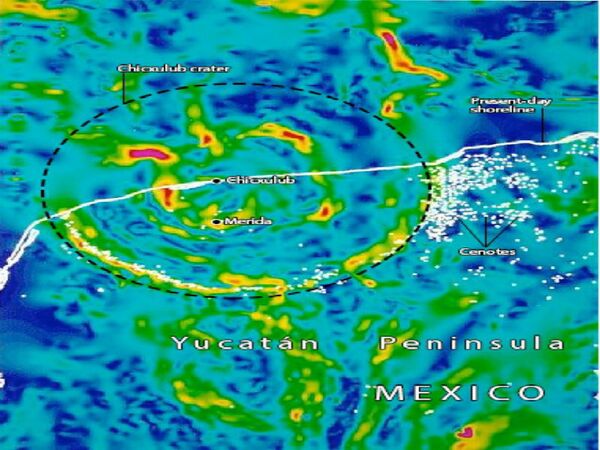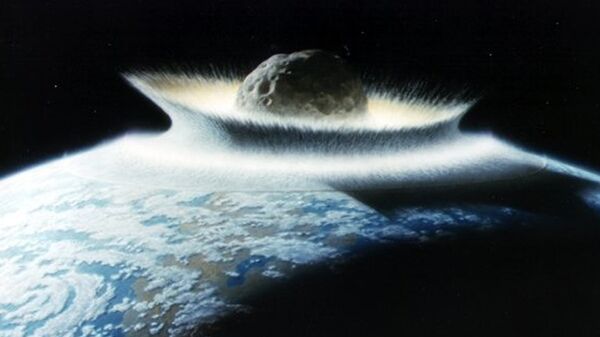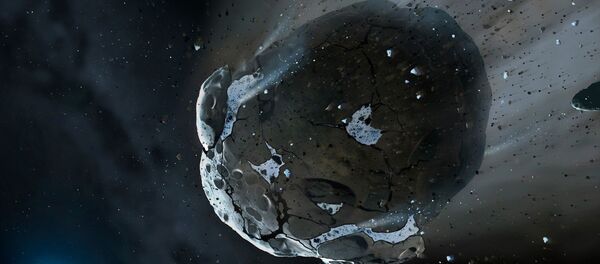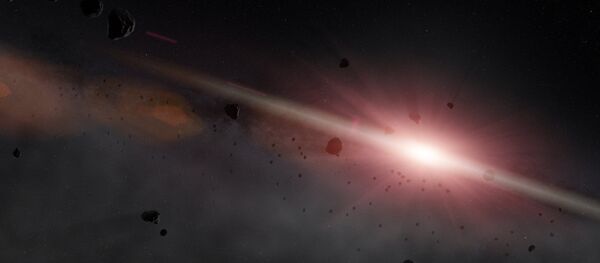Scientists believe that, as the asteroid hit Earth’s surface, everything was blasted outward from the crater with such impact that the rocks behaved more like liquid, causing waves and ripples across the land.
— ColdChrisFiles (@ColdChrisFiles1) April 9, 2015
"The Chicxulub impact crater has been a remarkable scientific opportunity for the 20 years since it's been discovered," Dr. Sean Gulick, of The University of Texas at Austin Institute for Geophysics, told LiveScience.
Gulick pointed out that researchers now have subsurface images from the offshore part of the crater, so they can pinpoint a spot for sampling. And by sampling there, scientists can get a much clearer of how exactly the asteroid impacted the Earth’s surface.

The researchers plan on drilling into the inner circle in the center of the crater to get a better understanding of the material that was blasted upwards and then outwards during impact.
"We think the peak ring is the record of the material that rebounded and splashed outward," Sean Gulick, one of the lead scientists on the project, told Live Science.
But "we've never gotten a rock back from a peak ring to know if that's correct," he added.




